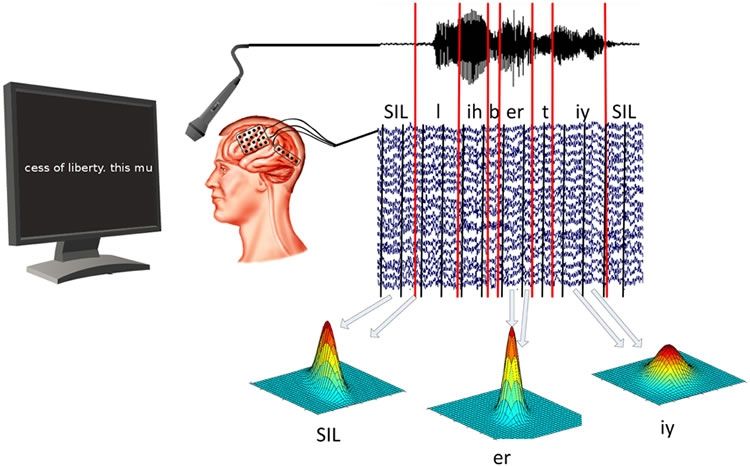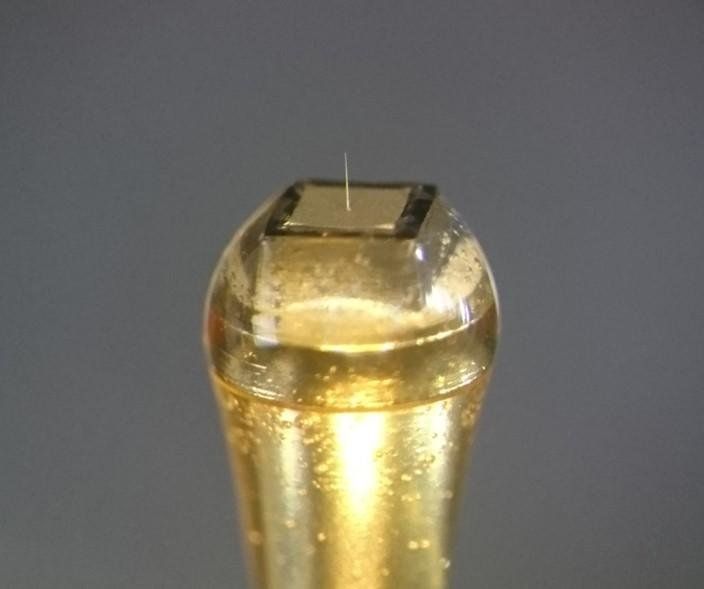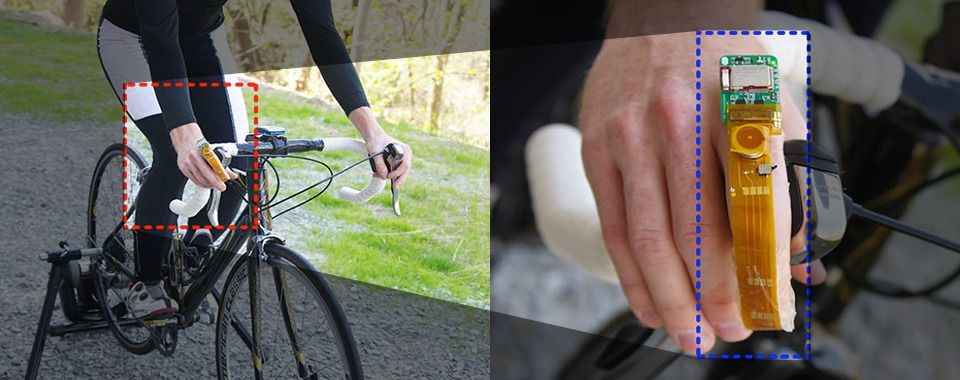Page 10770
I have heard many good things over the recent years on Zymergen.
Identifying high-probability, high-profit opportunities among small-cap stocks all over the world is the reason for Wall Street Daily’s existence.
That’s a big universe of companies to track.
Oct 25, 2016
As In The Days Of Noah—New Synthetic Biology Factory Will Design, Build, And Test Exotic New Lifeforms
Posted by Karen Hurst in categories: bioengineering, biological, genetics, robotics/AI
Why compliance exist.
Gingko Bioworks launched their new laboratory last month—an automated “factory” that mass-produces genetically modified organisms. The organism company’s tagline is “Biology By Design,” and it aims to deliver just that in their second foundry, which is equipped with numerous robots that mash together huge batches of genes to churn out new and exotic lifeforms […] Gingko is ambitiously working through the complexities of biology and genetics to create these experimental organisms. The company boasts of a design-build-test cycle: gene-enzyme mixes designed from the company’s scientific database is put together in a hundred different ways, and the “mashup” that services a client’s needs best is accepted as the new organism’s genetic profile. Their new liquid-handling robots like the Echo 525 make large-scale experimentation possible. (READ MORE)
Oct 25, 2016
Russia unveils first images of Satan 2 missile
Posted by Karen Hurst in category: military

Russia has unveiled chilling pictures of its largest ever nuclear missile, capable of destroying an area the size of France.
The RS-28 Sarmat missile, dubbed Satan 2 by Nato, has a top speed of 4.3 miles (7km) per second and has been designed to outfox anti-missile shield systems.
Continue reading “Russia unveils first images of Satan 2 missile” »
Oct 25, 2016
Russian military build impenetrable closed internet – and mocks US technology
Posted by Karen Hurst in categories: cybercrime/malcode, internet, military
For my CISO/ CSO friends.
It is believed that Russia has the Internet that is considered as impenetrable. Such technology protects Russia from hacking attempts.
The World Wide Web (WWW) is prone to hacking, as shown in the recent cyber attacks on the US which led to outages on giants including Twitter, Amazon and Spotify, for which Russia has been largely blamed, so the Eastern European powerhouse has upped its security measures.
Continue reading “Russian military build impenetrable closed internet – and mocks US technology” »
Oct 25, 2016
Can A Brain Computer Interface Convert Your Thoughts to Text?
Posted by Karen Hurst in categories: biotech/medical, computing, neuroscience
Summary: Brain-to-text system could help people with speech difficulties to communicate, researchers report.
Source: Frontiers.
Recent research shows brain-to-text device capable of decoding speech from brain signals.
Continue reading “Can A Brain Computer Interface Convert Your Thoughts to Text?” »
Oct 25, 2016
Can the brain feel it? The world’s smallest extracellular needle-electrodes
Posted by Karen Hurst in category: neuroscience
A research team in the Department of Electrical and Electronic Information Engineering and the Electronics-Inspired Interdisciplinary Research Institute (EIIRIS) at Toyohashi University of Technology developed 5-μm-diameter needle-electrodes on 1 mm × 1 mm block modules. This tiny needle may help solve the mysteries of the brain and facilitate the development of a brain-machine interface. The research results were reported in Scientific Reports on Oct 25, 2016.
The neuron networks in the human brain are extremely complex. Microfabricated silicon needle-electrode devices were expected to be an innovation that would be able to record and analyze the electrical activities of the microscale neuronal circuits in the brain.
However, smaller needle technologies (e.g., needle diameter 10 μm) are necessary to reduce damage to brain tissue. In addition to the needle geometry, the device substrate should be minimized not only to reduce the total amount of damage to tissue but also to enhance the accessibility of the electrode in the brain. Thus, these electrode technologies will realize new experimental neurophysiological concepts.
Oct 25, 2016
Soon, print your own smart tattoos, wearable fitness trackers
Posted by Karen Hurst in categories: computing, wearables
Nice.
Scientists have created an inexpensive technique to print “data skin” — soft wearable electronics — paving way for smart tattoos that can be customised and printed at home.
Researchers created a fully functional “data skin” in under an hour. Since the method is based on inexpensive processing tools and materials, the circuits can be produced for less than a dollar.
Continue reading “Soon, print your own smart tattoos, wearable fitness trackers” »
Oct 25, 2016
Breakthrough soft electronics fabrication method is a first step to DIY smart tattoos
Posted by Karen Hurst in categories: biotech/medical, wearables
Imagine if your electronic wearable device, like your Fitbit, adhered to you like a sticker or temporary tattoo and could read your pulse or measure hand gestures. As electronics are becoming thinner, lighter, and more power efficient, they can be populated on stickers and temporary tattoos to create soft wearables that adhere to the skin. And the most exciting news is that one day you may be able to print these wearable electronics from a home printer.
Carnegie Mellon University’s Mechanical Engineering Professor Carmel Majidi, Ph.D. student Eric Markvicka, and previous postdoctoral fellow Michael Bartlett (now a professor at Iowa State University) have created a method to print skin-mountable electronics in a quick and cost-effective way.
“One of the remaining challenges in skin-mounted electronics is to interface soft circuits with the rigid microchips and electronics hardware required for sensing, digital processing, and power,” said Majidi. “We address this with a breakthrough digital fabrication technique that enables efficient creation of wireless electronics on a soft, water-resistant, medical-grade adhesive.”
Oct 25, 2016
The exciting new age of quantum computing
Posted by Karen Hurst in categories: biotech/medical, computing, encryption, military, quantum physics, security, space travel

What does the future hold for computing? Experts at the Networked Quantum Information Technologies Hub (NQIT), based at Oxford University, believe our next great technological leap lies in the development of quantum computing.
Quantum computers could solve problems it takes a conventional computer longer than the lifetime of the universe to solve. This could bring new possibilities, such as advanced drug development, superior military intelligence, greater opportunities for space exploration and enhanced encryption security.
Continue reading “The exciting new age of quantum computing” »















